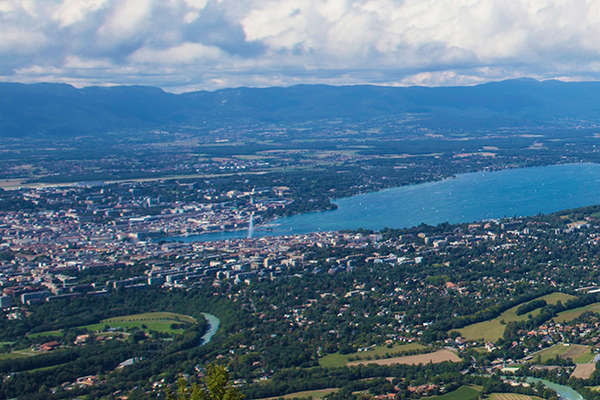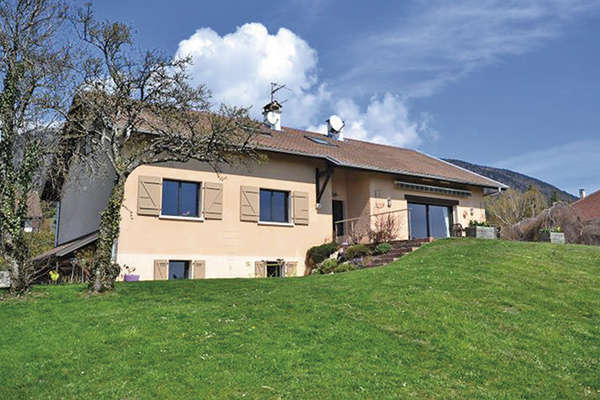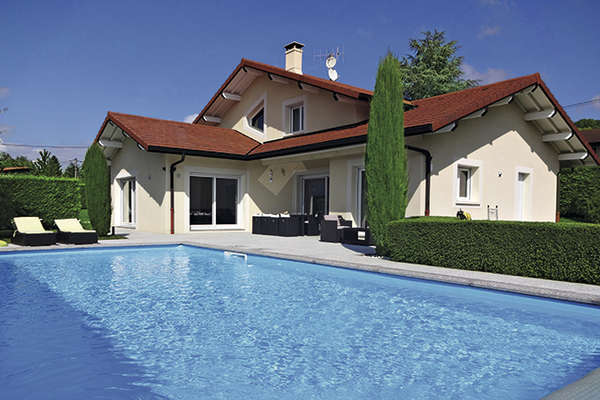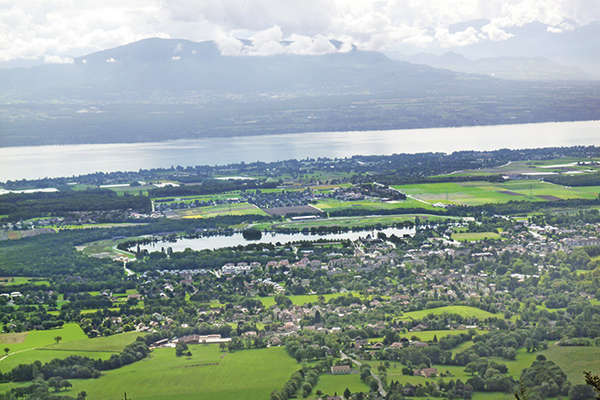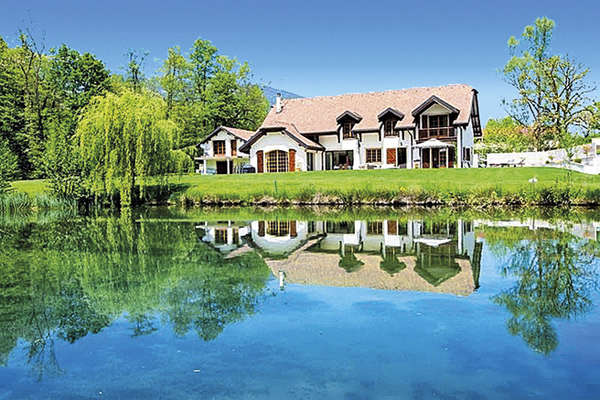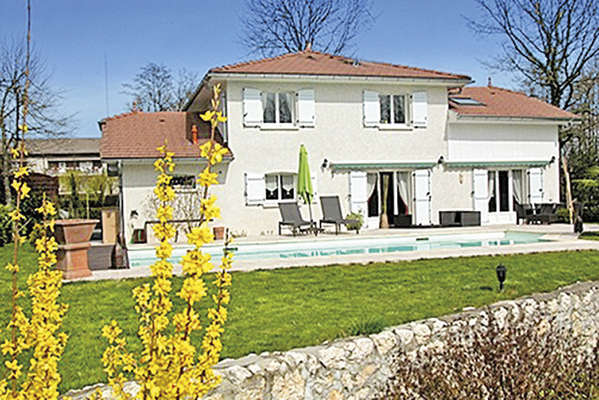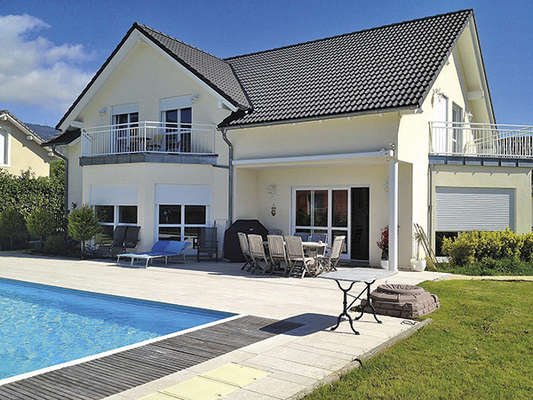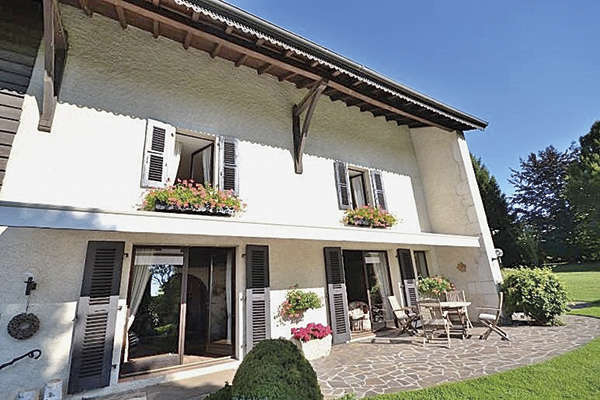The housing market in Nyons
By Laetitia Rossi - 20 December 2012
René Barjavel sets the tone : “The only difference between Nyons and paradise is that in Nyons everyone is well and truly alive”. Sheltered from the Mistral wind, this commune with 7,300 residents is one of the loveliest detours in France together with Crest, Apt, Vaison-la-Romaine and Pernes-les-Fontaines. And it gets just as much sunshine as Nice...
Like other typically Provençal addresses, Nyons produces olive-oil of international renown. Nicknamed “Little Nice”, it also produces AOC Côtes du Rhône wines. Set back from major roads, 76 % of its accommodation consists of year-round homes, 19.5 % of holiday residences. Over a third of the inhabitants are aged 60 or more. In 2009, this tourist attraction boasting a rich architectural heritage celebrated the 600th anniversary of its Place des Arcades and Romanesque bridge.
“The most sought-after property is the single-storey villa offering living space of 120 m2 and a garden of 800-1,000 m2, located in a quiet residential area within walking distance of the centre of Nyons,” says David Boschi of the agency Boschi Immobilier. This type of home is to the liking of French retirees, drawn by good living standards and the mild climate, able to pay cash after selling their properties in their home towns. Depending on the surface area and appointments, they pay from 250,000 to 400,000 €, and are particularly demanding when it comes to locations, quality of construction and energy performance. A property in perfect condition sells more easily than one requiring renovation or a revamp. Among his most recent transactions, David Boschi cites a single-storey house of about 100 m2 with a garden of 900 m2, sold for 265,000 €, and a recent villa of 180 m2 in mint condition, in grounds of 1,200 m2, priced at 465,000 €. Clients from the Rhône-Alpes and Belgium are looking for second homes here, especially country residences with pools which can accommodate the entire family during the holidays, in the 300,000 to 500,000 € bracket. One of them has just paid 460,000 € for a house of 150 m2 in grounds of 3,800 m2 on the hills. The famous “mas” can cost as much as 700,000 € as long as it is in irreproachable condition. Though lacking an outdoor area, the village house is a possibility. If it does have a garden, and three bedrooms, it will fetch from 150,000 to 200,000 €. However, whatever its configuration, enthusiasm proves to be limited. Seniors from other regions and holiday residents account for 60 % of all transactions.
“Retirees are, in fact, a considerable blessing in terms of potential clients,” says Philippe Aubrat of Orpi A.G. Immobilier Gestion. “Most of them come from the north-eastern corner of France and prepare their move several years before ceasing their activities.” Highly rational, they take their own aging into account, refuse to be far from amenities or to take on grounds involving heavy maintenance. They see in Nyons a picture-postcard setting, a part of the Drôme Provençale, and consequently a home with an outdoor area where they can enjoy the sun. None of them want homes without gardens. Of his last five sales, Philippe Aubrat mentions a plot of 1,800 m2 priced at 260,000 € with a building permit for a residence of 500 m2, a 2-bedroom apartment sold for 130,000 €, and three houses from 190,000 to 350,000 € ; two were acquired for year-round living, two as holiday homes, and the fifth as an investment. Completing a sale requires lots of energy, especially when the estate-agent has to persuade the sellers of their property’s true value. Even so, the current volume of transactions is acceptable.
“Residences built on several levels in the 1950’s and 1960’s are, however, struggling”, note Yann and Gilles Bonnet of the Agence Bonnet. Clients criticize their outdated architecture and layout, as well as inadequate insulation. Since it has become obligatory to post energy ratings, buyers keep an eye on their future consumption and running costs. Once highly-prized as holiday homes, village houses have seen less demand over the past year. Behind each acquisition, there is a plan to stay put over the medium or long term - and the underlying notion of acquiring an investment asset. Major defects are therefore unlikely to be forgiven. Nyons tops the popularity stakes but, unlike nearby villages such as Mirabel-aux-Baronnies, Vinsobres, Venterol and Aubres, its offerings are beginning to dwindle. The surrounding countryside area has long served as a fall-back solution : today, its largely revamped property market can hold its head high when compared with its neighbour.
